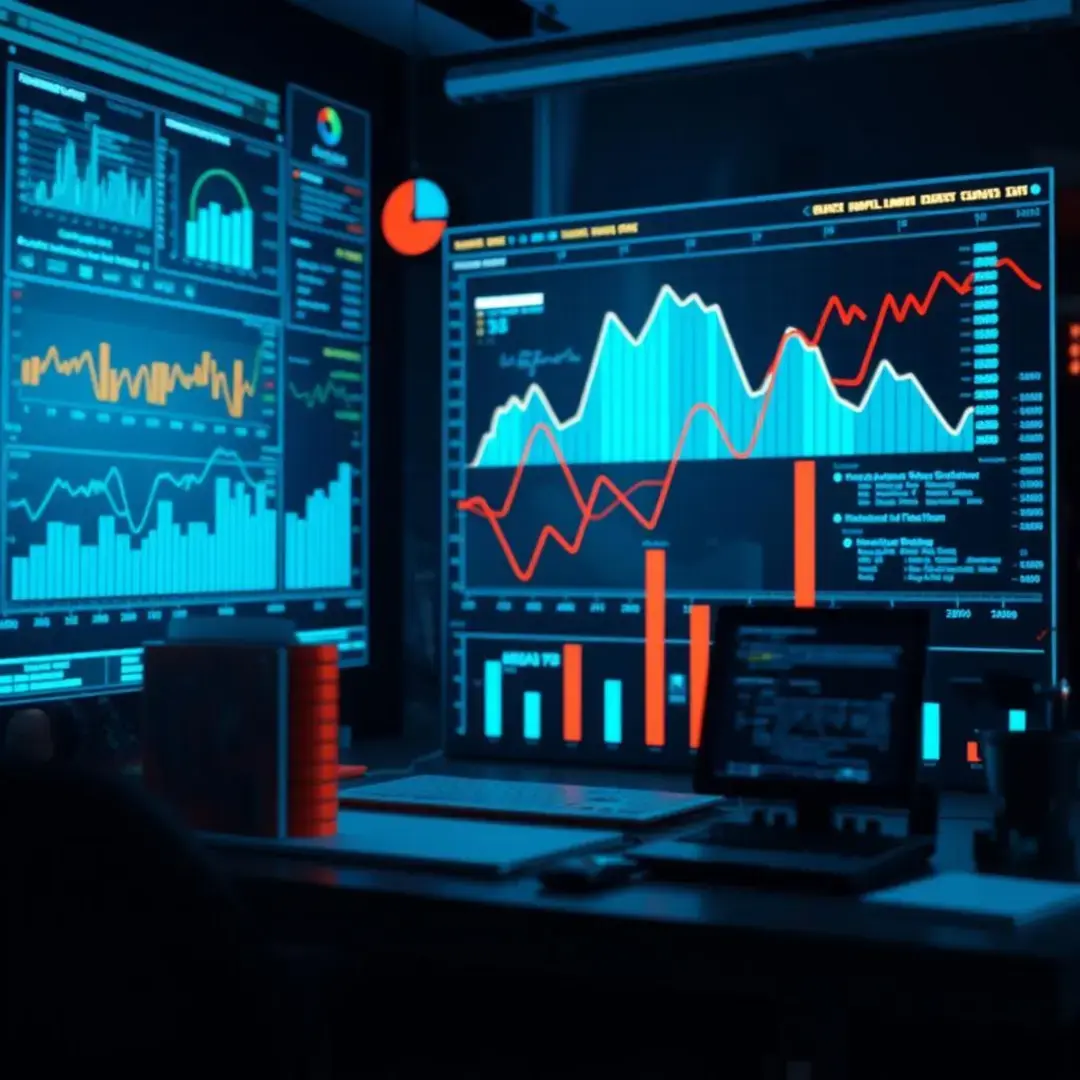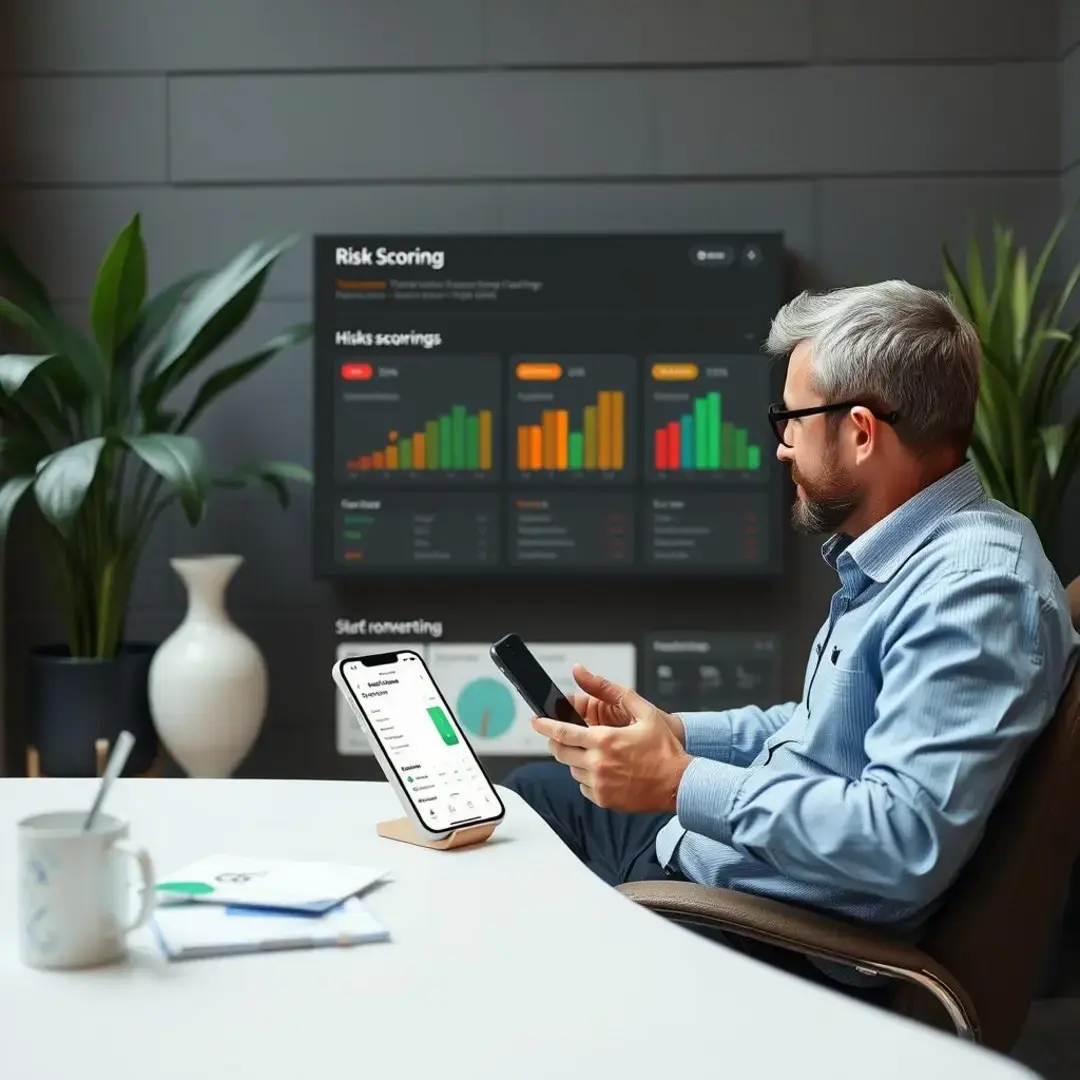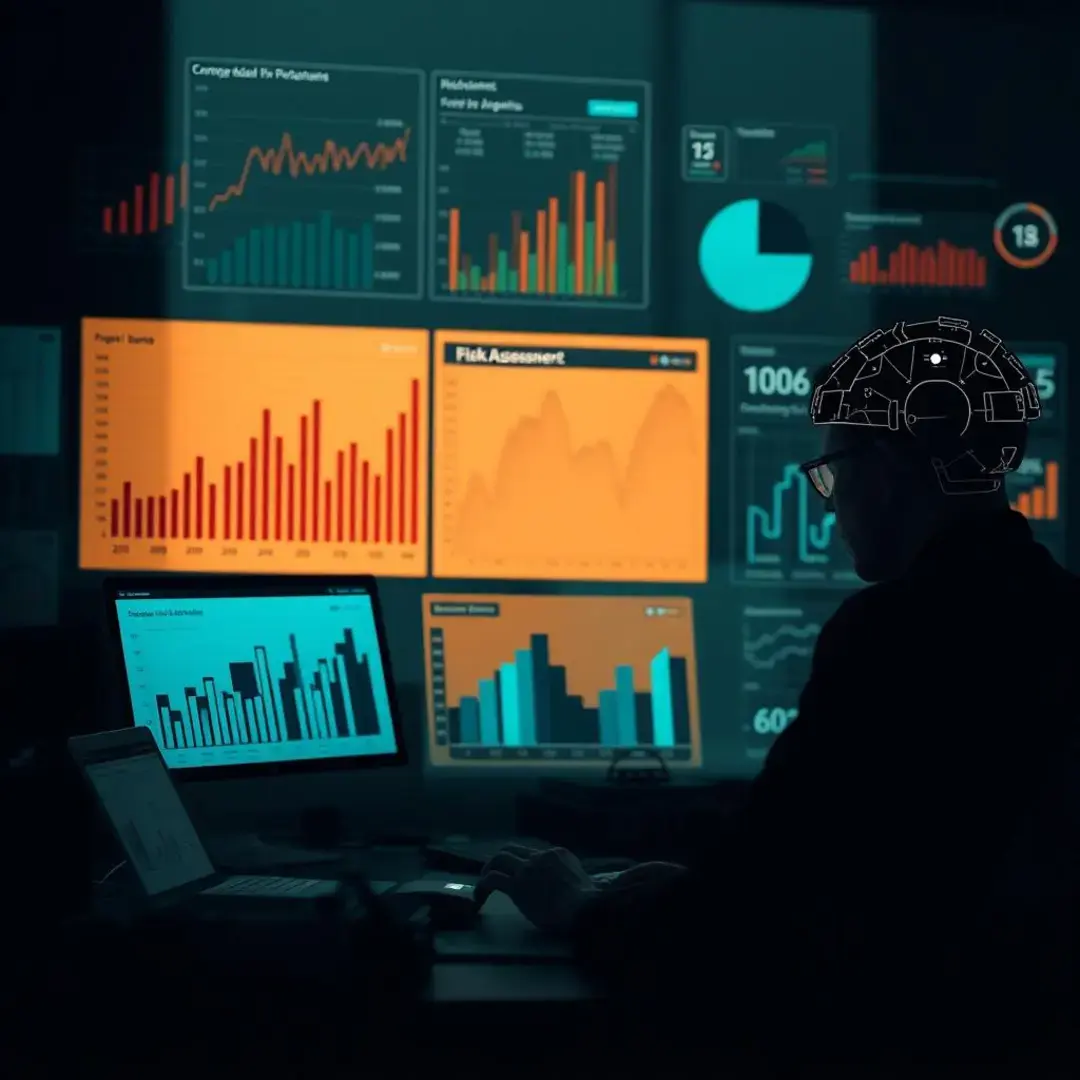Risk Scoring
Introduction

Overview of Risk Scoring in Fraud Detection and Risk Management
Risk scoring is becoming an essential component within the realm of fraud detection and risk management, especially as businesses increasingly rely on data-driven methodologies. It involves assigning a numerical value that quantifies the level of risk associated with various entities, including transactions, customers, and business operations. This score is typically derived from a variety of data points, including historical behavior, transaction volumes, and demographic information. Businesses can utilize this score to make informed decisions about resource allocation, risk mitigation strategies, and operational protocols.
Advanced applications of risk scoring extend beyond mere financial assessments and delve into complex fields such as identity verification, loan approvals, and insurance underwriting. By employing robust algorithms and machine learning techniques, organizations can develop nuanced risk profiles that adapt over time. These risk scores allow for proactive measures against potential fraud, enabling companies to not just react to threats but to anticipate and prevent them. As the financial landscape evolves, the relevance of risk scoring continues to grow, further embedding it into the core strategies of risk management.
Key Trends in Risk Scoring

Emerging Trends
The introduction of artificial intelligence (AI) and machine learning into the risk scoring landscape is revolutionizing how data is processed and analyzed. These technologies enable more accurate predictions by evaluating vast datasets in real-time, identifying patterns and anomalies that traditional methods might overlook. As a result, businesses can better identify potential fraud attempts and other risks before they escalate. Moreover, machine learning models can continuously learn and adapt, allowing organizations to stay ahead of ever-evolving fraudulent tactics.
Real-time risk scoring is a game changer for businesses aiming to minimize potential losses due to fraudulent activities. By processing data in real time, companies can quickly assess the risk of a given transaction as it happens, allowing them to make immediate decisions regarding approvals or further verification. This capability is particularly crucial in the fast-paced online environment, where every second counts. With real-time scoring, organizations not only enhance security but also improve customer experience, reducing friction during transactions.
Industry Impact
Financial institutions are witnessing a transformative impact from risk scoring methodologies, which are reshaping how they manage fraud. With more sophisticated risk models, banks and credit unions can identify red flags early, minimizing potential losses and protecting consumers. Furthermore, the application of risk scoring helps institutions comply with regulatory requirements and reduce compliance costs, a considerable advantage in an era of stringent regulations.
In the e-commerce sector, where transactions occur at lightning speed, risk scoring is essential in preserving trust and security between customers and service providers. Online retailers use risk scores to improve transaction authentication and reduce chargeback rates, which can significantly affect their bottom line. By integrating risk scoring systems, these businesses can boost confidence among consumers, leading to greater customer satisfaction and loyalty. Ultimately, this establishes a safer shopping environment, encouraging more frequent and higher-value transactions.
Challenges and Limitations
Despite the clear advantages of risk scoring, challenges persist, particularly surrounding data quality and availability. Accuracy is paramount in risk scoring; unreliable data can lead to false positives or negatives, resulting in misguided decisions or lost business. Collecting high-quality data can be labor-intensive and requires a robust data management system to ensure all relevant information is captured and analyzed effectively.
Another critical challenge involves addressing bias and fairness in risk scoring models. If the data used to train these algorithms is not representative of diverse populations, the resulting scores can inadvertently discriminate against certain groups. As such, organizations must prioritize ethical considerations in their modeling processes to ensure the fairness and inclusivity of their risk assessments. This not only protects consumers but also enhances a brand’s reputation and trustworthiness.
The shifting landscape of regulations means that companies must stay vigilant to ensure compliance with evolving standards surrounding risk assessment and data usage. Regulatory bodies are increasingly scrutinizing how organizations deploy risk scoring models, particularly in sensitive sectors like finance and healthcare. Failing to comply can result in severe penalties, making it crucial for businesses to understand and adapt to these changing regulatory environments effectively.
Future Outlook

Future Developments
The future of risk scoring holds promise, especially in developing predictive models that can forecast potential risks before they materialize. These predictive risk scoring systems leverage historical data and advanced analytics to provide insights into likely outcomes, enhancing proactive risk management capabilities. Organizations can deploy early warning systems to get alerts on potential threats, allowing for a faster response and improved overall security.
Moreover, integrating risk scoring with other security protocols will become increasingly important. By creating interconnected systems that share data and insights, businesses can develop a holistic approach to fraud prevention. For instance, coupling risk scoring with behavioral analytics or transaction monitoring can create a multi-layered defense that significantly enhances overall security posture.
Market Predictions
The market for advanced risk scoring solutions is expected to grow at a remarkable pace as more organizations recognize the necessity of adopting such technology. Increased investment in AI and machine learning capabilities signifies a shift towards data-centric decision-making. As companies strive to enhance their risk management frameworks, those that embrace innovative risk scoring technologies will likely gain a competitive edge.
We may also witness a trend toward consolidation and specialization within the risk scoring market. As businesses seek to streamline operations and improve efficiency, partnerships among technology providers, data analytics firms, and compliance specialists will likely emerge. This consolidation could lead to more comprehensive solutions that meet the diverse needs of various industries.
Potential Impact on Users
The continued evolution of risk scoring will provide users with enhanced security and fraud prevention measures. By relying on accurate, real-time data and sophisticated algorithms, organizations can offer a safer environment for their users. This transformation fosters a relationship of trust between companies and their customers, a vital element in today’s interconnected market.
Moreover, as systems become more sophisticated, users can enjoy an improved experience with reduced friction during transactions. Understanding risk in real time means organizations can tailor their interactions, minimizing obstacles to ensure seamless engagements. Ultimately, this balance between security and user experience will be critical in shaping successful customer interactions moving forward.
How to Choose the Right App

Step-by-Step Guide
The first step in choosing the right risk scoring app is to assess your organization’s risk profile. This involves identifying key risk indicators, understanding the types of threats faced, and analyzing historical data to inform future strategies. Consideration should also be given to your organization’s operational nuances, as these will shape how risk is ultimately assessed.
Next, evaluate the available risk scoring solutions on the market. This involves conducting thorough research, reading reviews, and possibly even seeking demos or pilot programs. Look for solutions that offer flexibility, customization, and proven results in similar industries to ensure alignment with your organizational needs.
Once a solution has been chosen, the implementation process begins. This phase should involve cross-department collaboration to ensure that necessary adjustments are made to operational practices. Additionally, ongoing monitoring of the application is essential; organizations should continuously analyze performance metrics and adjust strategies as necessary to maximize effectiveness over time.
Conclusion

In conclusion, risk scoring is an integral aspect of fraud detection and risk management in today’s data-driven environment. As technology advances and new challenges arise, organizations must stay ahead of the curve by understanding the trends, challenges, and future possibilities of risk scoring. By making conscientious choices regarding risk scoring solutions, businesses can protect themselves and their customers, creating a safer and more efficient operating environment. The landscape continues to evolve, and organizations that prioritize effective risk management strategies will be well-positioned to thrive.
Factors to Consider
When selecting a risk scoring application, it’s crucial to consider your organization’s specific business needs and risk appetite. Different businesses have varying thresholds of acceptable risk, and the chosen application should align accordingly. Stakeholders must engage in thorough discussions to establish priorities and define the desired outcomes to guarantee the solution fits the organizational context.
Additionally, take into account the integration capabilities of potential solutions. A risk scoring application should seamlessly integrate with existing infrastructure, including data systems and communication channels. Smooth integration enables organizations to capitalize on their prior investments in technology and reduces disruptions during implementation.
Scalability is another critical factor; as a business grows, so does its risk profile. A risk scoring solution must be able to scale alongside the organization without sacrificing performance. Organizations should assess potential applications for their ability to handle increasing volumes of transactions and maintain accuracy under pressure.





